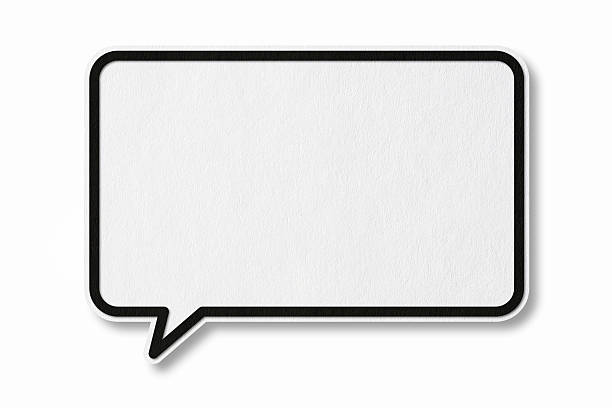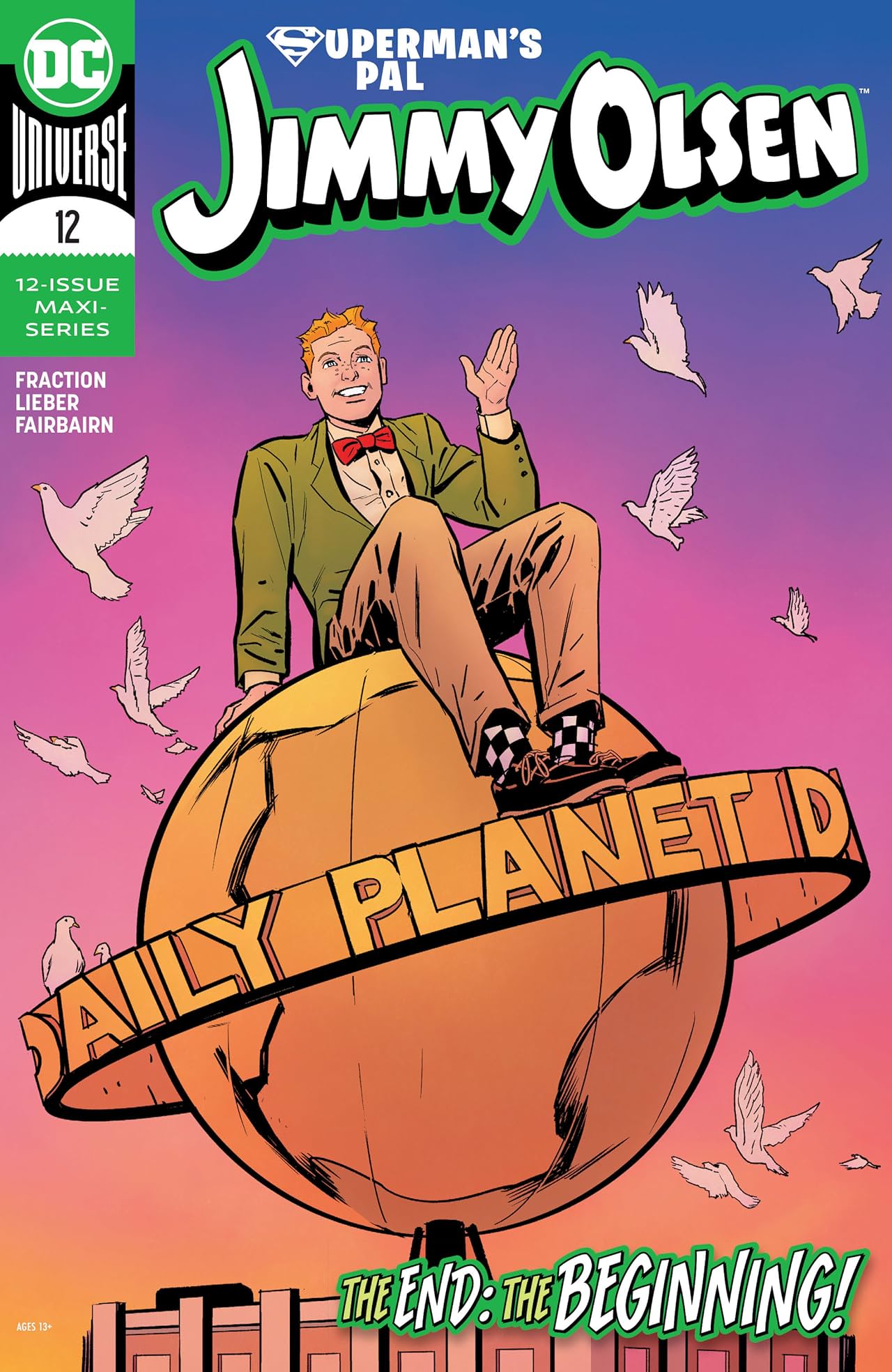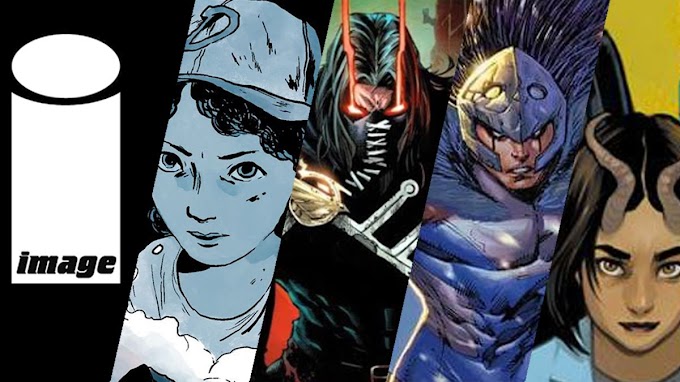
Yes, Superman's Pal Jimmy Olsen is deliberately nostalgic, and it connotes the kind of feeling that transports me away from the world of dour superheroes, infinite crossover crisis wars, and the all-too-prevalent factory fill-in issues designed not to advance any storyline or provide any new character insight, but to assure the monthly four dollars gets deposited in the coffers. Yet, I don't feel divorced from the superhero world; rather, I feel freed of the cynicism - both of the business model that floods stands and guilts fans into buying watered-down content, and the actual world of superhero storytelling that, usually but not exclusively, has to move at such a pace that it can't ever slow down to enjoy itself. Superman's Pal Jimmy Olsen, though, puts the comic back in comic book.
Parody, humor, and satire have an incredibly rich history in the world of comics and cartooning. From the original strips that pioneered the style deep into the Silver Age, humor permeated comicdom. Not only were there more traditionally humorous books like Uncle Scrooge, those books were among the most popular on the newsstands. But it wasn’t only funny books. A lighter, humorous tone was prevalent in superhero books as well. It wasn’t all fun and games, of course. There were great horror and war stories, too. But, there was once a time when a humorous book wasn’t looked upon as novelty, wasn’t confined to the utter fringes, or wasn’t solely aimed at children.

Superhero satire and melodrama, all wrapped up with nostalgic, episodic, almost sitcom-meets-soap opera feel, brought to life in each vignette by Clayton Cowles. I mean, is that Word Art from Microsoft Word 97. Because I love it.
But as tastes developed, and the kids who read books in the late sixties became the adults who wanted deeper stories in the seventies, the tone and direction of the comics market shifted. The direct market attracted more adults than kids. The advent of terms like “graphic novel” attempted to elevate the form from “comic book,” itself a synonym for “funny book,” a kind of degradation of the form in the eyes of anyone who wanted it to be taken seriously.*
So we received great stories about hard traveling heroes and dark knights, but humor was pushed virtually out of mainstream superhero books, save for the requisite Deadpool and his new simulacra like Harley Quinn. That doesn’t mean superhero books aren’t occasionally funny, nor that they are devoid of jokes. But rarely are those books designed to make you laugh, and even rarer are they designed to make you think about why you are laughing. Even the idea of humor (i.e., comic relief) in superhero movies proves divisive among fans. Snyderverse fans find the MCU too jokey, and claim DC thus reflect reality more accurately.
And sure, I enjoy plenty of darker books, and they certainly have a relevant place in comicdom, but it can't be all we have to read. Mature doesn't have to mean gritty. But unless you've been a Giant Days devotee, or you get your hands on everything Mark Russell produces, you'd be hard-pressed to find a recent book with a tone like Jimmy Olsen.
Tone isn't everything, though. Superman's Pal Jimmy Olsen is a different kind of book. It peels back layers of superhero storytelling to combine adventure with parody, fulfilling each ambition equally, entertaining as much as it provokes.

The recurring Peanuts gag is an incredibly funny way to flashback to the lives of the Olsens as children, providing some great backstory and ripe commentary on how the Olsens became who they are.
The latest incarnation of Superman's Pal Jimmy Olsen provides a dose of parody that has been entirely absent in contemporary superhero storytelling. Not since perhaps Joe Kelly’s Deadpool has a series been able to lampoon the superhero genre while still taking itself seriously enough to function as a solid superhero comic. There is a special unity to this book that makes it work. Satire and parody can’t work in a comic without a special type of synchrony. A side-splitting script can die without the proper art team.
Steve Lieber’s art is at the core of why this series works as both a humor and adventure book. It is because of Lieber's art that many of the gags land, and it's his use of non-verbal communications - facial gestures, body language, even costuming - that sells Fraction’s script. Lieber expertly depicts Jimmy’s paranoia, anxiety, and confusion while maintaining his innocence and charm as a character. He vividly constructs scenes that make it look like Jimmy isn’t entirely in control of himself without letting him appear entirely unhinged.

Fairbairn’s colors not only complement that tone, they also work to establish the Silver Age feel of the book. Nothing is too sheeny, nor is it too gritty. The palette feels natural and reserved. And that’s what I mean about the organic unity of the book - nothing really works to overwhelm anything else. It’s all in balance. No more is that evident than in Clayton Cowles’s lettering. There is a ton of text in this book, most of it from Jimmy, who works to relay the story through character interactions. There is also the omniscient narrator, whose voice feels like it would boom like an old-time radio serial announcer. The sheer amount of text in this book could be overwhelming, but Cowles used it to his advantage. Jimmy Olsen is an episodic narrative, and that isn't a result of the serialization of the story. It's told though tiny episodes, little vignettes here and there that eventually come together to form one multi-tiered story. It's Cowles that holds all of this together and allows that format to shine.

Books like this latest iteration of Superman's Pal Jimmy Olsen can be deceptive in their ambitions. On face, the general lightheartedness and tongue-in-cheek approach belies the serious motives of the project. There is a saying about parody that, in order to effectively send up something, you have to actually love the source material. For instance, Blazing Saddles works so well because Mel Brooks loved Westerns. He wasn’t out to dismantle Westerns, or destroy the idea. But he was looking to offer commentary, and that was his vehicle. But the commentary in good parody is often two-fold. There is the requisite send up of the genre or source concept, and there is the bigger societal commentary. The key is that it’s all from an insider’s perspective, though. It isn’t a scathing polemic, inasmuch as a thorough recollection throught he lens of humor. It’s a “look at how foolish we are,” moment, the midpoint of comedy and tragedy where the mirror is pointed in our direction, and we have to admit, “oh, yeah, that’s kind of silly.” The Jimmy Olsen team go after two big concepts, one is with the near-homage send up, the other is a little more serious and pointed.
The first concept is the DC Universe. Fraction draws upon postmodern detective fiction to cast Jimmy Olsen as an unlikely gumshoe caught in a conspiracy bigger than himself. There are shades of Pychonian paranoia doppled with Vonnegut-esque slapstick as the conspiracy surrounding Jimmy becomes increasingly convoluted and absurd. But it is an absurdity we as readers revel in. And we know it. Here, the team parodies the nature of comic storylines, the foolishness of some of the plot threads, and the inevitable rectonned finales. There is a wink-wink with the jokes here, as if the team is saying, "Can you believe how absurd comic books are? Now let's all take a minute to revel in how absurd comic books are." This is the heart of good parody. It's what makes Blazing Saddles iconic and Not Another Teen Movie forgettable. There is a true joy behind the best parodies. The jokes are our jokes. They're for people who get it. Snark is there for people who don't, or can't.




Timmy's emergence shows a darker version of Jimmy Olsen. He becomes the ultimate force of chaos in the DC Universe, somehow surpassing actual villains with his ability to undermine DC's hero class. Timmy also exists to further one of the truly biting satiric elements of the book. Fraction muses on the concept of journalism at a few points in the series, and Timmy exists as a the personification of the decline in actual journalism. Even when Jimmy was dipping his toes into stunt journalism, he held a stronger connection to the Daily Planet and the idea of journalistic storytelling. Using his Timmy Olsen alter ego, Jimmy starts a prank war with Batman, culminating in Olsen's theft of one of the Batmobile's wheels. I'm sure Bat-fans don't love the way the Dark Knight comes across in this series, as if there would be a world in which Batman could somehow be Jimmy (Timmy) Olsen's foil.
But just as Fraction's pal Brian Michael Bendis proved with Batman: Universe we don't need to bow to the alter of the Brooding Bat. For all the character work that has gone into Batman and Bruce Wayne over the years, it's telling what Fraction can get out of him as a borderline throwaway character attached to one of the many side stories that comprise this book. There was a scene in Heroes in Crisis in which Harley Quinn quickly and without difficulty steals a piece of Kryptonite from Batman's belt. The whole purpose of it - the deft ease of it all - was, for me, an attempt to show Batman's blind-spots and vulnerabilities. King's entire Batman run was about exposing the Dark Knight's vulnerabilities. Along with famous recent runs by Grant Morrison, Peter Tomasi, and Scott Snyder, King's run focused on injecting humanity into Batman. He had to suffer to comprehend his place; he had to reckon with the darkness. Don't get me wrong, I enjoy all of those runs, but there's something down-right astonishing about how much humanity the Jimmy Olsen injects into Batman in a mere few panels. And yes, they lampoon him, but they also tap into classic Bruce Wayne character elements while poking fun at Batman's ego.

The best joke is that Jimmy Olsen can somehow pull all of this off. That he is worth killing the first place. That he has any sort of resources at his disposal. That he can hide in plain sight. It’s so ridiculous that it works. This is a major trope of the postmodern detective novel, caught somewhere between hard-boiled and picaresque, a lovable goof like Jimmy Olsen can somehow fall into the center of a major conspiracy exposes the entropy of connection and coincidence. Never mind that he knows Superman.
If there is indeed a criticism of this series, it's the weird, shoe-horned connection to current DC storylines. Parts of Jimmy Olsen provide relevant backstory for Superman: Leviathan Rising. The final conflict in the series centers on the closing of the Daily Planet, a plot thread from Action Comics not mentioned in the series until the twelfth issue. There are fun inside jokes that essentially parallel the other concurrent Superman-Family maxi-series, Lois Lane, but they're not intrinsic to the plot. Superman's Pal Jimmy Olsen should have been left to exist in its own corner. There is a lot you have to accept to jump into the fun of Superman's Pal Jimmy Olsen, and doing so is a relatively easy task - but it requires you to divorce yourself from the DC Universe. In this series, for instance, we're meant to believe that Batman has no idea who Jimmy Olsen is. I can buy that, but then don't make me consider Jimmy as part of a major crossover event either.
To be fair, the Superman's Pal Jimmy Olsen team doesn't let these concerns affect the book in any discernible way, and it's likely only because I appreciated the book so much that I allowed trivial continuity to get stuck in my craw.
Nonetheless, Superman's Pal Jimmy Olsen fulfills the promise of the comic book entertainment in a way most books do not, or by design can not. It pairs humor with adventure for a play on the postmodern detective novel, a grand conspiracy of delightfully absurd proportions. We were long overdue for a book like this, and I can only hope we get more soon.
*Years ago, a friend of mine decided to go to a comic shop in DC to purchase a few comic books for a friend who had been hospitalized. He declared this ambition to the clerk in the store. Now, he wasn't a comic fan, but he had familiarity with enough of the superhero genre from his youth and pop culture adaptations. Said comic purveyor told him, "These aren't comic books. They're graphic novels. Archie is a comic book." And my friend left.
But just as Fraction's pal Brian Michael Bendis proved with Batman: Universe we don't need to bow to the alter of the Brooding Bat. For all the character work that has gone into Batman and Bruce Wayne over the years, it's telling what Fraction can get out of him as a borderline throwaway character attached to one of the many side stories that comprise this book. There was a scene in Heroes in Crisis in which Harley Quinn quickly and without difficulty steals a piece of Kryptonite from Batman's belt. The whole purpose of it - the deft ease of it all - was, for me, an attempt to show Batman's blind-spots and vulnerabilities. King's entire Batman run was about exposing the Dark Knight's vulnerabilities. Along with famous recent runs by Grant Morrison, Peter Tomasi, and Scott Snyder, King's run focused on injecting humanity into Batman. He had to suffer to comprehend his place; he had to reckon with the darkness. Don't get me wrong, I enjoy all of those runs, but there's something down-right astonishing about how much humanity the Jimmy Olsen injects into Batman in a mere few panels. And yes, they lampoon him, but they also tap into classic Bruce Wayne character elements while poking fun at Batman's ego.

That second panel! Those little tricks and subtleties Lieber peppers throughout the book sell the parody incredibly well. It's as if Bruce is looking at us saying, "Ok, watch this."
If there is indeed a criticism of this series, it's the weird, shoe-horned connection to current DC storylines. Parts of Jimmy Olsen provide relevant backstory for Superman: Leviathan Rising. The final conflict in the series centers on the closing of the Daily Planet, a plot thread from Action Comics not mentioned in the series until the twelfth issue. There are fun inside jokes that essentially parallel the other concurrent Superman-Family maxi-series, Lois Lane, but they're not intrinsic to the plot. Superman's Pal Jimmy Olsen should have been left to exist in its own corner. There is a lot you have to accept to jump into the fun of Superman's Pal Jimmy Olsen, and doing so is a relatively easy task - but it requires you to divorce yourself from the DC Universe. In this series, for instance, we're meant to believe that Batman has no idea who Jimmy Olsen is. I can buy that, but then don't make me consider Jimmy as part of a major crossover event either.
To be fair, the Superman's Pal Jimmy Olsen team doesn't let these concerns affect the book in any discernible way, and it's likely only because I appreciated the book so much that I allowed trivial continuity to get stuck in my craw.
Nonetheless, Superman's Pal Jimmy Olsen fulfills the promise of the comic book entertainment in a way most books do not, or by design can not. It pairs humor with adventure for a play on the postmodern detective novel, a grand conspiracy of delightfully absurd proportions. We were long overdue for a book like this, and I can only hope we get more soon.
Jimmy Olsen
Written by Matt Fraction
Illustrated by Steve Lieber
Colored by Nathan Fairbairn
Lettered by Clayton Cowles
Published by DC Comics
*Years ago, a friend of mine decided to go to a comic shop in DC to purchase a few comic books for a friend who had been hospitalized. He declared this ambition to the clerk in the store. Now, he wasn't a comic fan, but he had familiarity with enough of the superhero genre from his youth and pop culture adaptations. Said comic purveyor told him, "These aren't comic books. They're graphic novels. Archie is a comic book." And my friend left.






